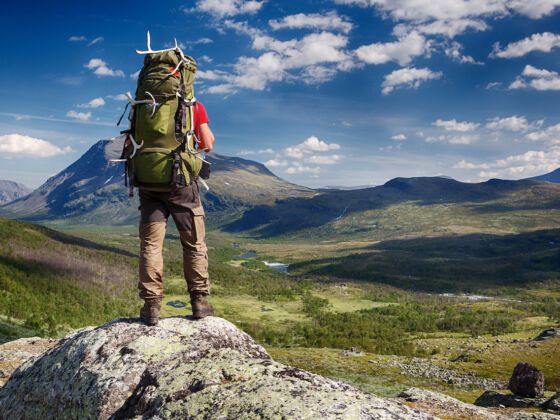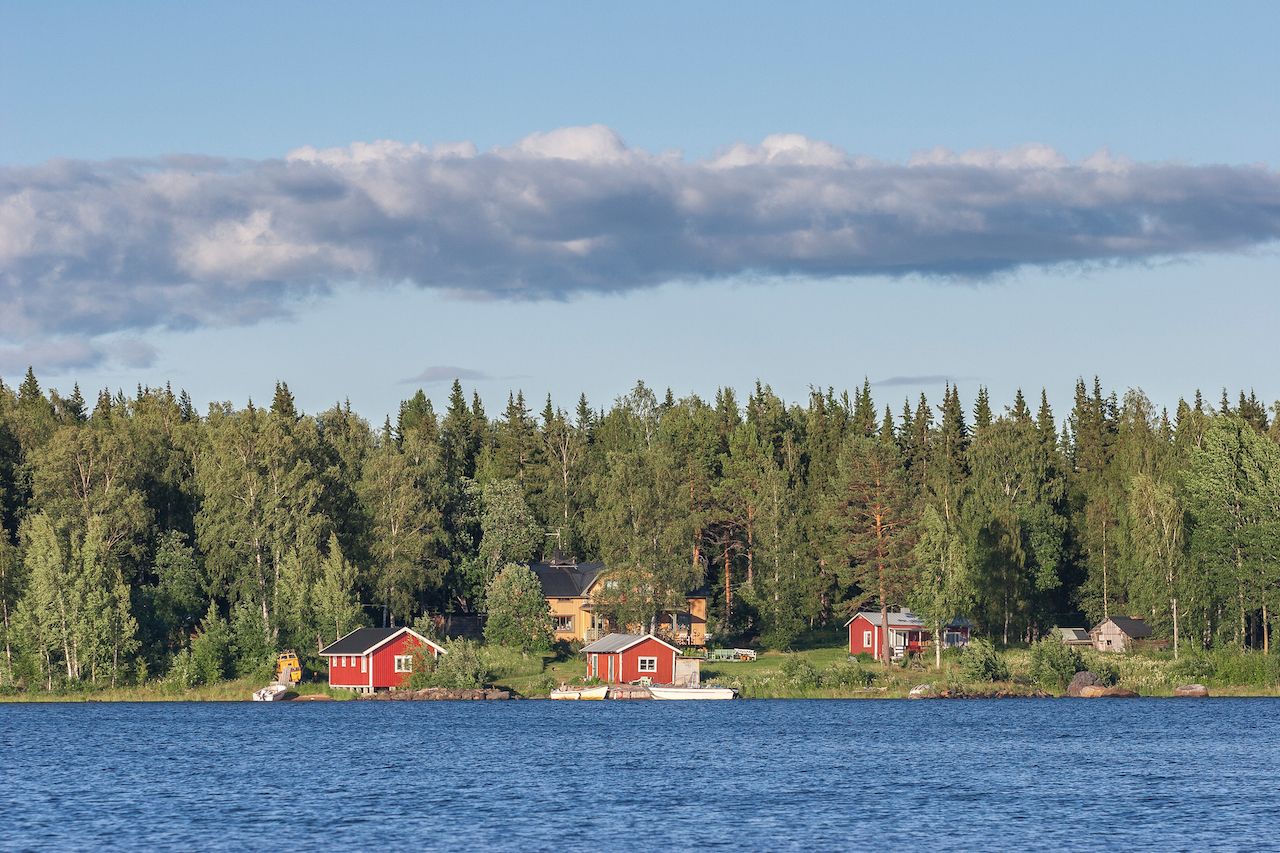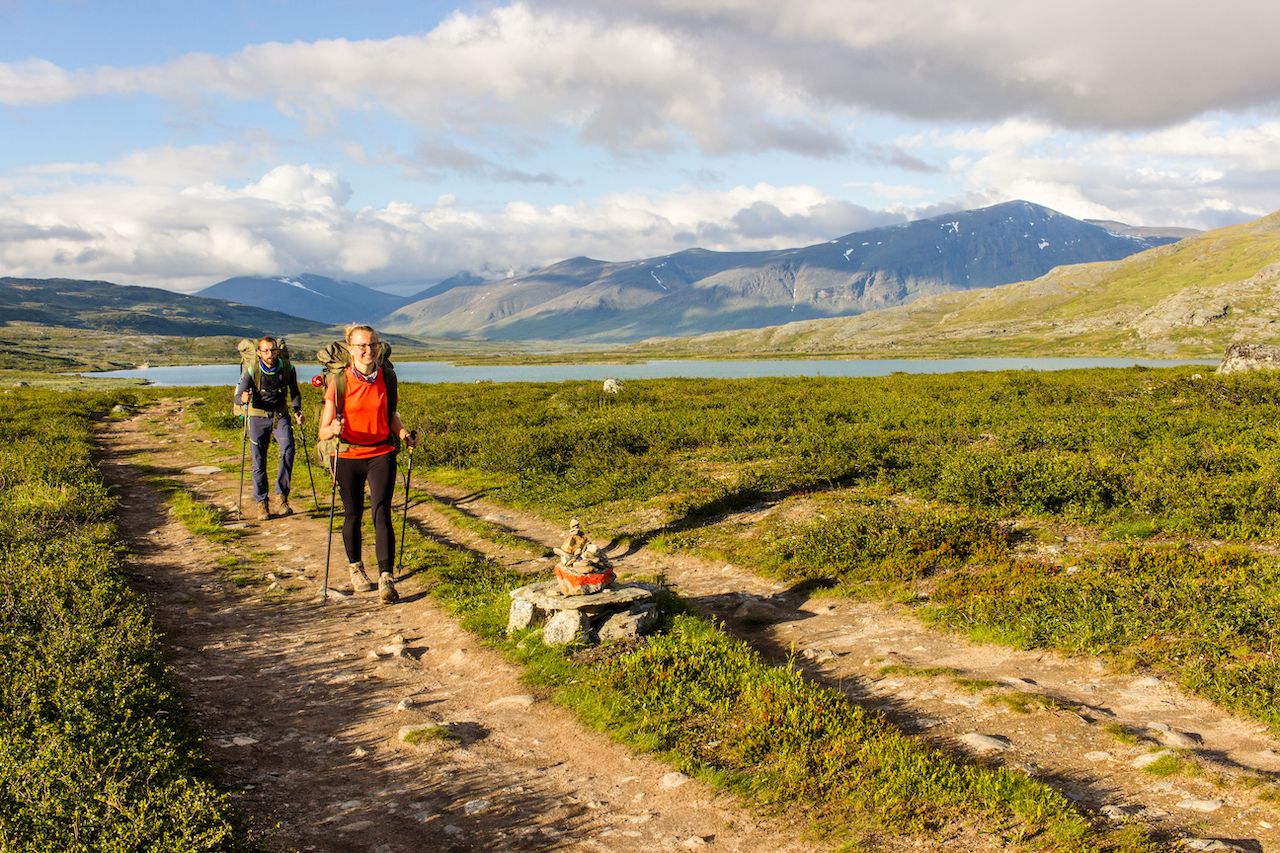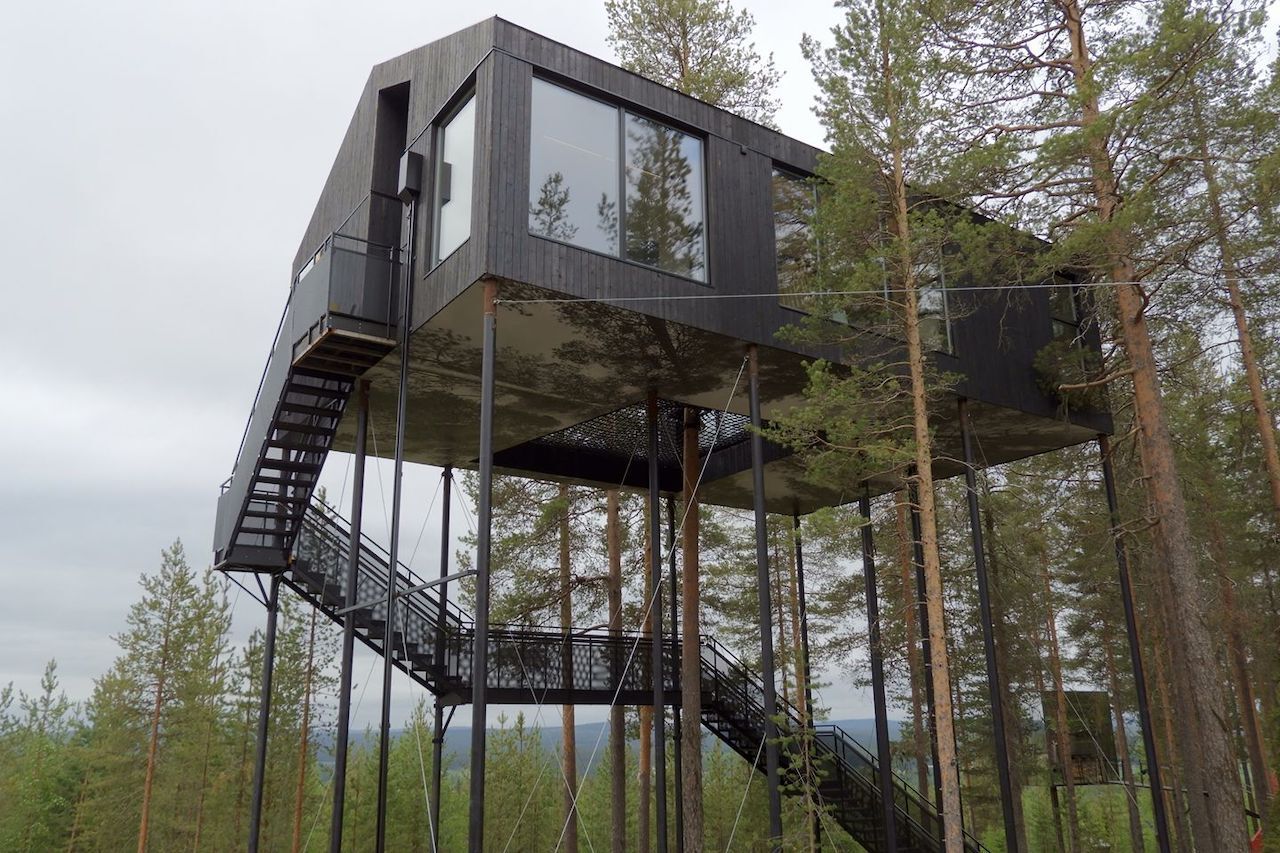Many people are familiar with scenes of Swedish Lapland in the winter — blankets of snow, reindeer, ice hotels — but Sweden’s northern stretches are equally incredible in the summertime. Maybe more so. From May to July, Lapland is bathed in light, with the sun never dipping below the horizon.
Beyond the midnight sun, traveling to Swedish Lapland in the summer lets you take advantage of Allemansrätten, or the “right to roam” that gives Swedes (and visitors) freedom to explore the country’s natural beauty, setting up camp where they wish, without having to worry about property laws. A sun that never sets makes it difficult to get any sleep, but after exploring all day (or night), you’ll be worn out enough to crash. Here are the best things to see and do in Swedish Lapland in the summer.







